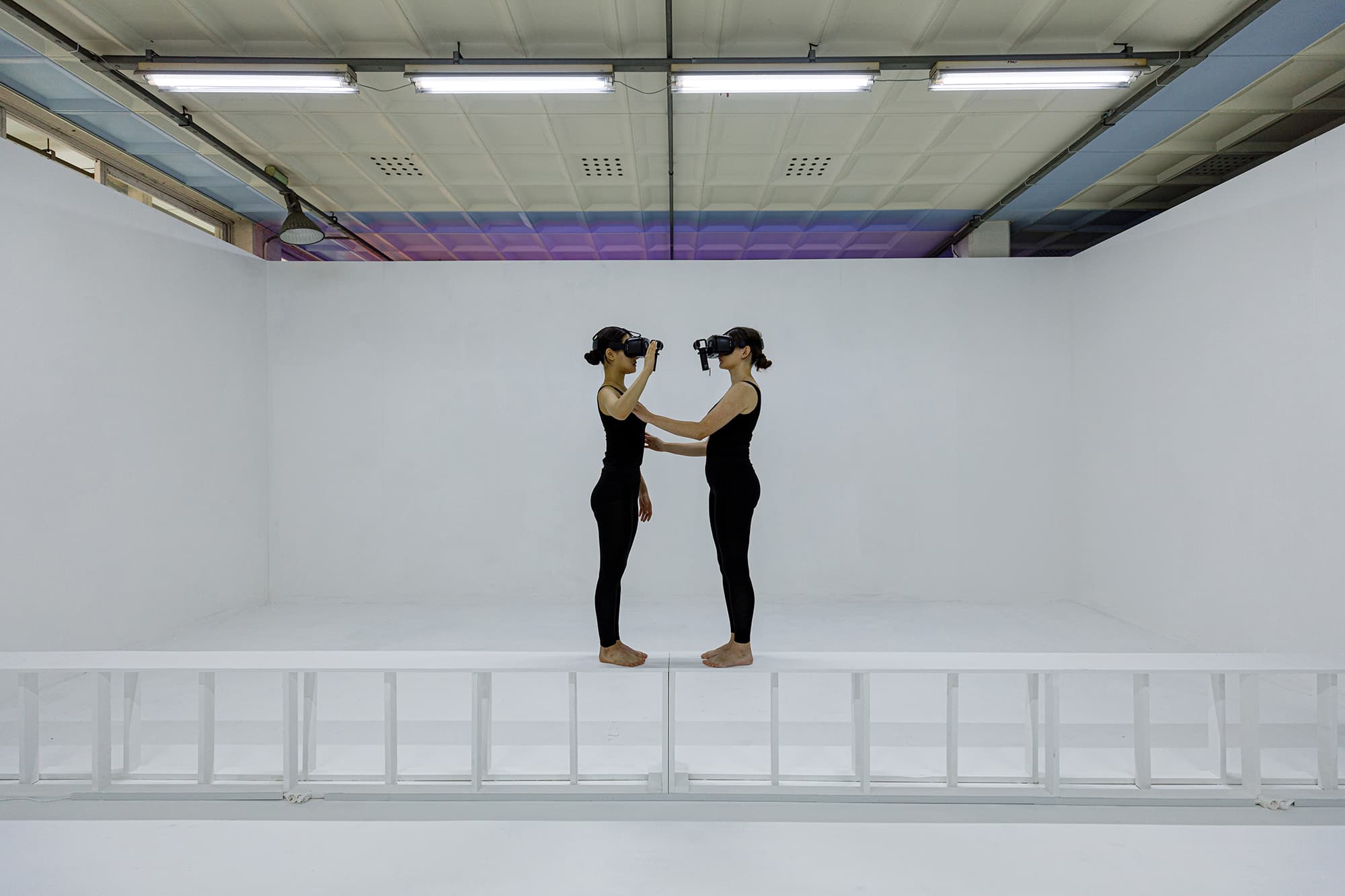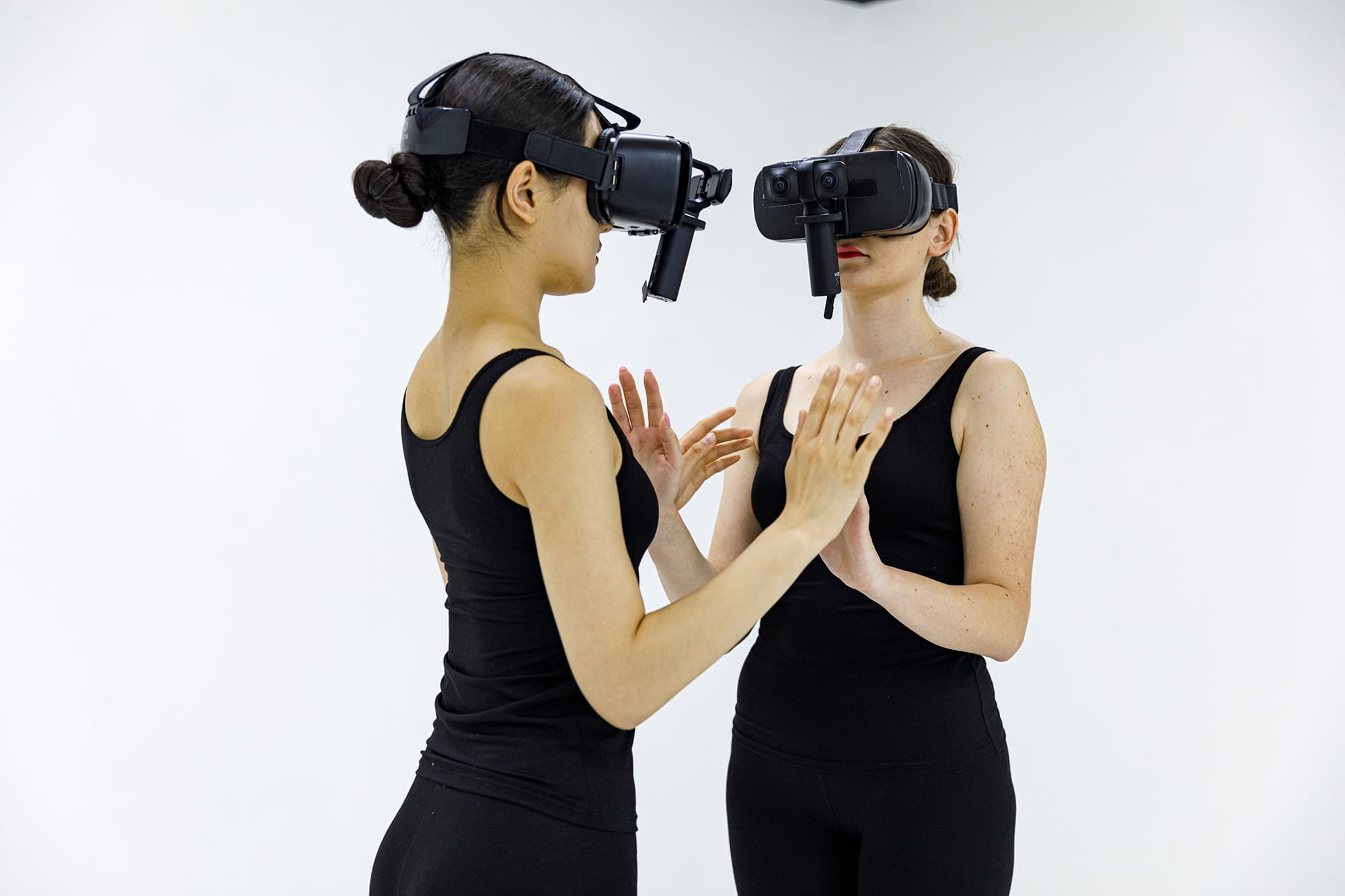Ask yourself once. Are emotions only bound to humans? If you say yes, think about the reason as well. Contemporary artist Park Kwan-Woo started from this one question, and pondered deeply into the existence of emotion. How can we distinguish humans from non-humans through this?
In the age of artificial intelligence, the borderline between who is human and who is not and the whole concept may be a blurred line. Currently, science and technology are vigorously moving forward to achieve a ‘human-like’ being, and our ‘thinking’ process, which was thought to be an exclusive property of humans, is being threatened. However, there is one thing we humans believe that no matter how we create a robot similar to human intelligence, cannot be imitated. That is, the ‘emotion’. This is the question where Park Kwan-Woo, a media and installation artist, started. Is emotion only for humans? Are these feelings we regard as ‘sacred and sanctified’ forever incomprehensible? By any chance are we in a delusion of feeling emotions? If humans also act as coded, we get to see inside of ‘feeling’ just as the feeling or sense after the artist discovering himself shaking to the rhythm of the music one day. The work <Does android feel like dancing? 1, 2> by LBL, a team of author Park Kwan-Woo and engineer Lee Chan, in 2019 is a reorganization of Alan Turing’s imitation game, “Can we distinguish between human and intelligence behavior equivalent to that of human in a limited environment?” Rather than the “thinking” process that Turing paid attention to, it newly highlighted “emotion” as an element of expression of human identity.
About 30 performers, who are given the role of “Android,” who are completely indistinguishable from humans, coexist with the audience, and the image of a man dancing in a trance is repeatedly reproduced in the empty exhibition space. The performance of the performers dancing lasts about an hour. At this time, the audience will be listening to the music and dancing with them in a mixed situation with those disguised as human beings, without knowing who each other is the actor and the audience. In other words, without knowing who is human and who is Android, who acted according to instructions.
Then the questions were posed by the author. Did humans feel like dancing? Did they, androids, feel like dancing? If so, by what standards can we judge it? If we don’t know why we humans wanted to dance, what difference could we say between us who dance and androids designed to dance? If the artificial intelligence Androids that dance by the music are developed in the future, can we distinguish between humans and non-humans by the current standards? The curiosity arising from the situation created by the artist leads us to think about the borderline between humans and non-humans, its meaning, and the standards that define it. Also, Park Kwan-Woo asks for an interesting shift in the question. “The question of what is human and what is not is the real issue here. The real question is what can be considered as human.” This is in line with the assertion of computer scientist Alan Turing, ‘If we can’t distinguish reactions from computers from humans, we should see computers as thinkable’, to the question ‘can machines think?’
The <Human Conversation> series, which continued to the fourth work, is also a video experiment within the same category. Humans partially intervene in the conversation between the two artificial intelligence chatbots, creating a situation in which it is impossible to distinguish which part of their conversation is human’s and which part is not human’s. It allows us to look into the future where the borderline between humans and non-humans become more blurred. It asks what the future human identity and its borderline will be enhanced by technological advances, and asks again what conditions ultimately constitute the essence of our existence.
On the other hand, artist Park Kwan-Woo has used a variety of media such as sculpture, photography, video, and interactive installation to solve the philosophical inquiry on human self-consciousness. “There have been several moments where I myself seemed unfamiliar. There were times when I felt like someone else reflected in the mirror.” He speculates that memories of experiencing the symptoms of ‘dissociative identity disorder’ in the past have become a fundamental seed as a starting point for constantly pondering and asking questions about the ego. <Tell Me I’m Here 1, 2>, which talks about ‘the boundary between self and non-self’, gives a feeling similar to the childhood experiences the artist describes.
In <Tell Me I’m Here 1>, a man wearing a virtual reality headset and running on a treadmill is watching through a virtual reality headset the back of himself recorded by the drone’s camera flying behind his head. He is chasing himself, and on the other hand, he is running sweaty without knowing how long to run, and the drone flies until the battery runs out and then falls. In <Tell Me I’m Here 2>, two actors cross and wear virtual reality cameras, walk towards each other, and finally, the moment they touch each other physically, they make the illusion of meeting themselves. ‘Where do I exist, and who am I? It can be said that it is an experiment that digs deeper into whether the definition is valid even when shifting the thoughts and senses of “where am I and who am I” to a different place, and ultimately try to figure out the evidence of bare existence of human being. He shows reality through virtualization; so is reality really real? We know that we are constantly throwing questions on the concept of being here, that we believe in, is real, or if it is an illusion that we perceive as so.
Artist Park Kwan-Woo believes that the development of science and technology that we are currently going through will be a decisive opportunity for humans to face themselves a naked truth. He said that the iron wall in the name of human beings will collapse, and many of the shadows that we believe to be true will collapse, and it is providing an opportunity to realize that we are much more multifaceted than what we previous thought, by asking and answering questions about the nature of human existence. In addition, the meaning of human beings that we define is inevitably fluid and is only a subjective opinion judged in the present time. ‘What can a human be regarded as?’ This is why he is continuing his work to define the borderline between humans and non-humans through new technologies.




